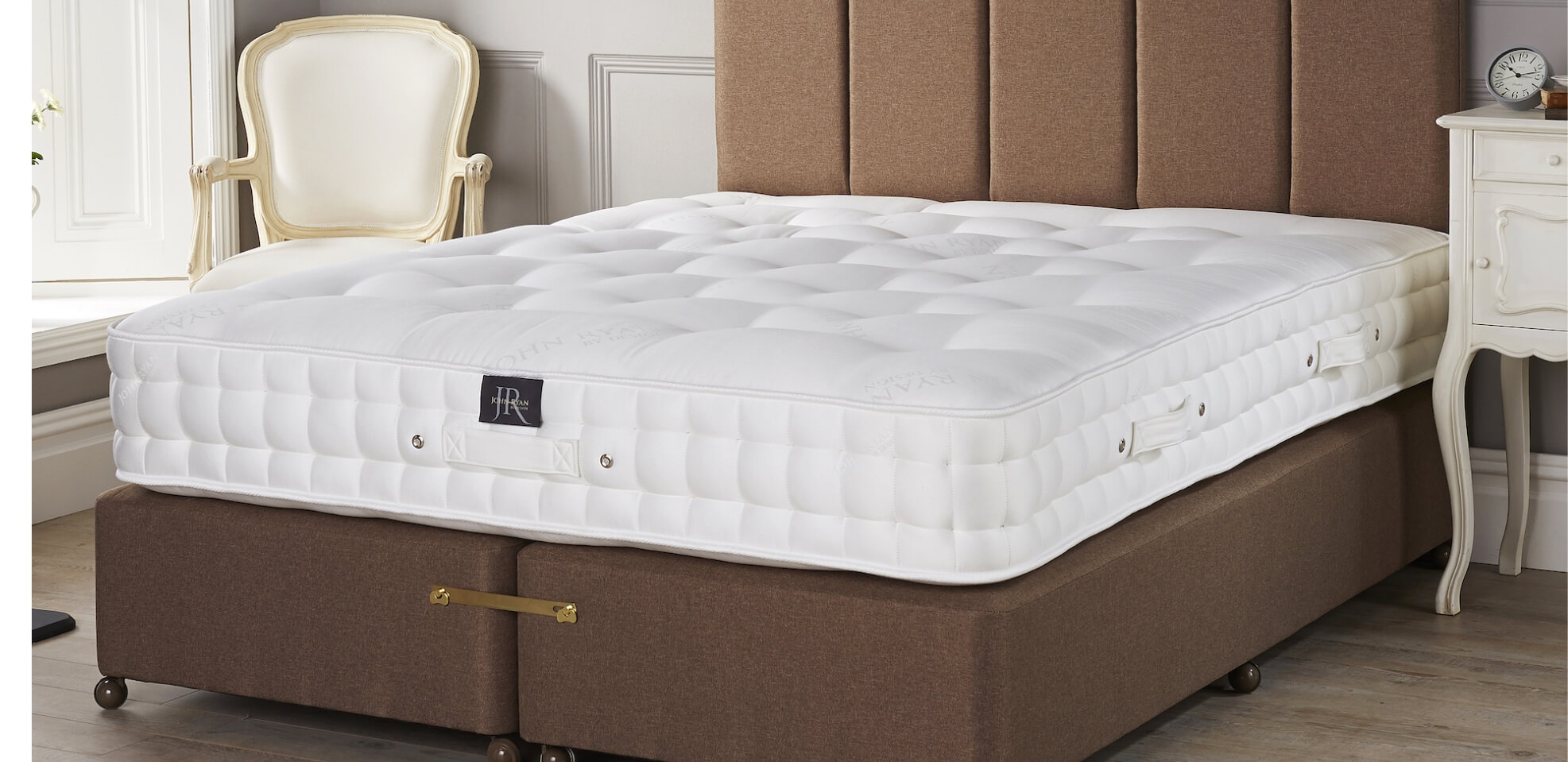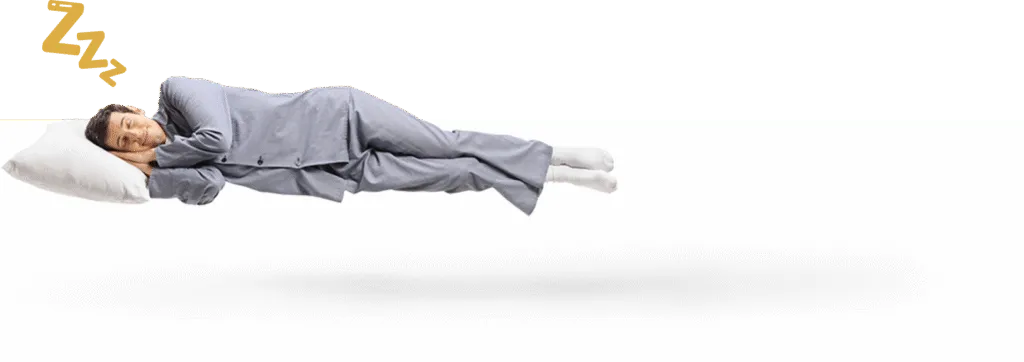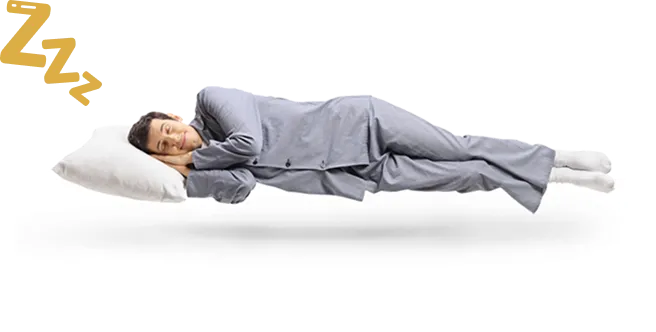Chemicals in mattresses explained
Hello,
Could you please tell me what chemicals you use in the Origins mattresses e.g. flame retardants?
Thanks
Hi Poppy,
Thanks for your question about chemicals in mattresses. It's a really good one as it's important when buying a new mattress to make sure you can find out as much information as possible. After all, it is only then that you can correctly compare different mattress models rather than just guessing which bed to buy.
Chemicals in mattresses explained:
The term chemicals can be quite misleading, given that the average washing detergent features a plethora of chemicals, same with soap, deodorant etc. That doesn't mean they are all bad or nasties. It depends on whether they are necessary or there's a better alternative. Yes, you can find more natural materials but we think a better term is 'avoiding synthetic materials' rather than 'chemicals' as it's more specific when looking for a new mattress.
With all mattresses, there's going to be some chemicals used or present in the manufacture of new beds. Examples would be:
- Chemical made foams such as memory foam
- Cleaning, washing and soaping agents used to clean fibres during processing
- Glues adhesives used in bonding certain layers
- Polyester or man made layers which are synthetic based
- Fire retardant sprays, applications and impregnations in fabrics
Some of the above chemicals are a legal requirement such as fire retardants which safeguarded you against house fires and such. Other chemicals are due to the materials you choose such as synthetic foams. Remember that even a washing detergent used in cleaning clothes with contain some chemicals.
Fire retardancy in mattresses:
All UK mattresses must comply with to comply with British regulations (BS 5852: 1982 Part II & BS 7177) to ensure fire retardancy. Most mattresses use an impregnated synthetic polyester cover, spray an application onto their cover or use FR approved quilted materials which all contain some form of fire retardant chemical.
We are delighted to be one of the only mattress retailers that offer a completely Chemical-Free cover in all of our Artisan Mattress, Latex & Legacy Bed ranges. Our custom Damask fabric is finished with a plant-based fire retardancy method that doesn’t involve synthetic chemical sprays or treatments that are often used.

With the launch of M-Pure, Maes Dyeing and Finishing has successfully created a non-chemical FR treatment by using Biobased ingredients for the compound.
Instead of using the traditional chemical-based compounds which are bought from third parties, our Fabric weaver Maes have developed their own and exclusive product for a fully natural finishing application. This enables us to offer its customers a chemical-free mattress ticking/damask that meets the BS 7177 – EN 597/1 – 2 standard.
Benefits of Plant-Based Fire Retardancy
- The compound made in house by Maes
- Natural bio-based raw materials
- Biodegradable
- Environmentally friendly
- 100% sustainable
- Meets EN 597/1 and 2
- Exclusive to John Ryan By Design
If you want to avoid synthetic materials/chemicals as much as possible in your new mattress then choosing a 100% natural fibre hand made mattress is your best bet like our Artisan range of beds. This is because they don't use synthetic foams and can offer plant-based fire retardants instead.
Our Origins range feature an FR treated cover which meets all the UK standards. This is in line with their price point and primarily synthetic fibre content. If you want to know what to expect for your budget then have a look below at the price ranges and expectations that are realistic.
| How much to spend on a double mattress? | What can I expect for my money? |
|---|---|
| Under £500 | Will not get you much at best a 13.5 gauge open coil/cage sprung with a thin polyester layer or a solid foam mattress. |
| £500 | Entry level spunbond springs with some form of synthetic upholstery. Usually one sided mattresses. |
| £750 | The beginnings of a basic pocket springs unit with 800 – 1000 count. No substantial amount of filling other than foams and synthetic materials. Two sided models. |
| £1000 | Should get you away from most low ranges and into the mid-range pocket spring models. |
| £1250 | Should get you a decent pocket sprung mattress with some Natural Fibre content. |
| £1500 | Should get you many manufacturers mid-range models with Natural Fibres |
| £1500-£2000 | Should get you a Hand Made primarily Natural Fibre Quality Mattress |
| £2000+ | You should expect 100% Natural Fibres and Traditional Hand Made Construction Method. |
| £5000+ | A Bespoke Hand Made Sleep System, High-end Spring Units & Featuring the Worlds Most Luxurious Natural Fibres. |
Best Chemical-Free Beds:
If you’re wanting a 100% natural fibre calico encased vanadium coated pocket spring mattress then have a look at our Artisan Bespoke 004 mattress. Completely breathable and high wicking, keeping you cooler in the summer months but also warmer in winter if it get a bit chilly. Also unlike boxed foam mattresses which are all one sided this is a two sided model. So effectively twice the sleep surface and lifespan compared to cheaper memory foam counterparts.
It has a medium feel in the natural upholstery with a forgiving top layer. Great for pressure points. The 1600 individual pocket springs allow restless sleepers to move quickly, easily and effortlessly. Often this helps reduce the amount of fidgeting when coupled with the progressive comfort layers of this mattress.


Artisan Bespoke 004 Mattress
1: 1200GSM BLENDED BRITISH FLEECE WOOL AND COTTON
2: HAIRPROOF CAMBRIC COVER
3: 200GSM SOFT BAMBOO
4: 1200GSM PURE HORSETAIL
5: 1000GSM BONDED BRITISH FLEECE WOOL AND COTTON
6: 1600 CALICO ENCASED POCKET SPRINGS [ 49MM ] [1.28MM]
TOTAL: 3600GSM
DEPTH: 27-30CM
CHEMICAL FREE COVER
We hope that helps and gives you further mattress buying guidance. If you have any more mattress related questions please get back in touch on [email protected] or 0161 437 4419.
Sleep well
John & Ryan

Dreaming of the perfect nights sleep?

Newsletter
Enter your email to join our newsletter. We’ll send you occasional news and mattress expertise.
